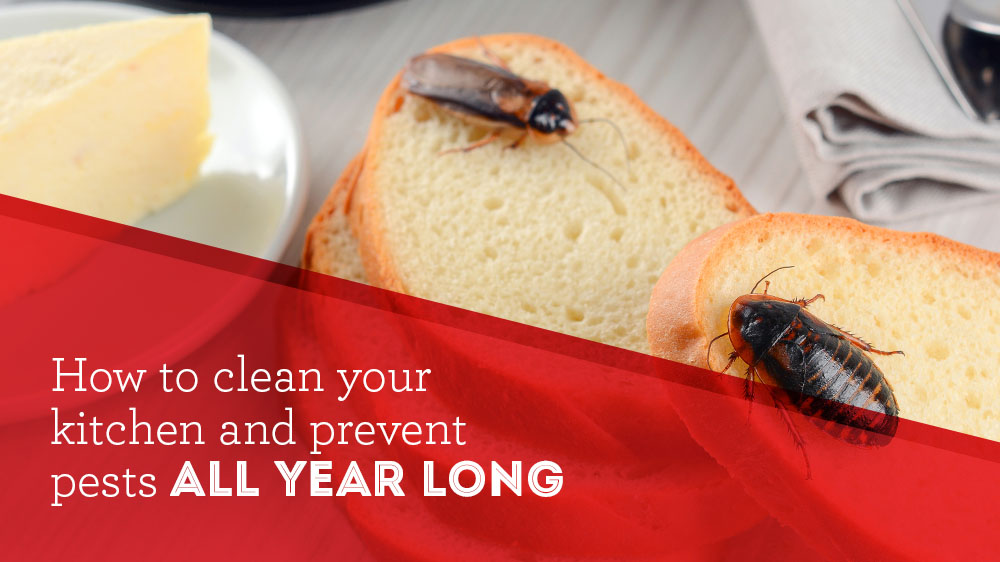
Creepy crawlers are still lurking after Halloween. They’re creepy. They crawl and they’re slithering up your front steps. What is it, you say? It could be spiders, hissing cockroaches or rabid rodents. You may be done with the scares of Halloween, but the scares are not done with you.
Do you hear something in the walls?
Relax, it’s not a zombie. Chances are it’s most likely mice or rats that have moved into your wall voids for the fall and winter. If you hear squeaking floors or footsteps, your house may be haunted. But again, it may be rodents running across the floors. Even scarier, rodents are nocturnal, so you’ll hear these sounds in the dead of night as they search for food. While checking the pantry, if you notice any chewed bags or footsteps, these are signs that mice or rats are living in your home. If you sense there’s activity, it’s time to act now. Rodents reproduce incredibly fast and can transmit numerous diseases as well as fleas, ticks and other pests. Learn more about safe rodent control from the CDC here.
Is something skittering across the kitchen floor?
Do you see something scary when you come home and turn on the lights? Something like roaches. They’re resilient, can run as fast as three miles an hour, and can adapt to any environment. How creepy is that? They’re not just scary. Roaches can carry many diseases and pathogens. So how do you remove these creepy crawlers?
- Clean your floors after all meals
- Wipe down counters and cooking areas
- Get a trash can with a tight lid and wash dishes immediately after eating
- Dispose of cardboard boxes
How about a bit of advice?
If you’re tired of the post-Halloween scares, it’s time to contact The Bug Man to handle your rodent or pest situation. The Bug Man gives you a free inspection by trained technicians. Our technicians place baits and traps in areas with evident rodent activity to reduce rodent populations. Catch something from the corner of your eye crawling around in your home. It might give you the heebie-jeebies; it could be roaches. Now’s the time to act. The Bug Man gets them before they get you.










